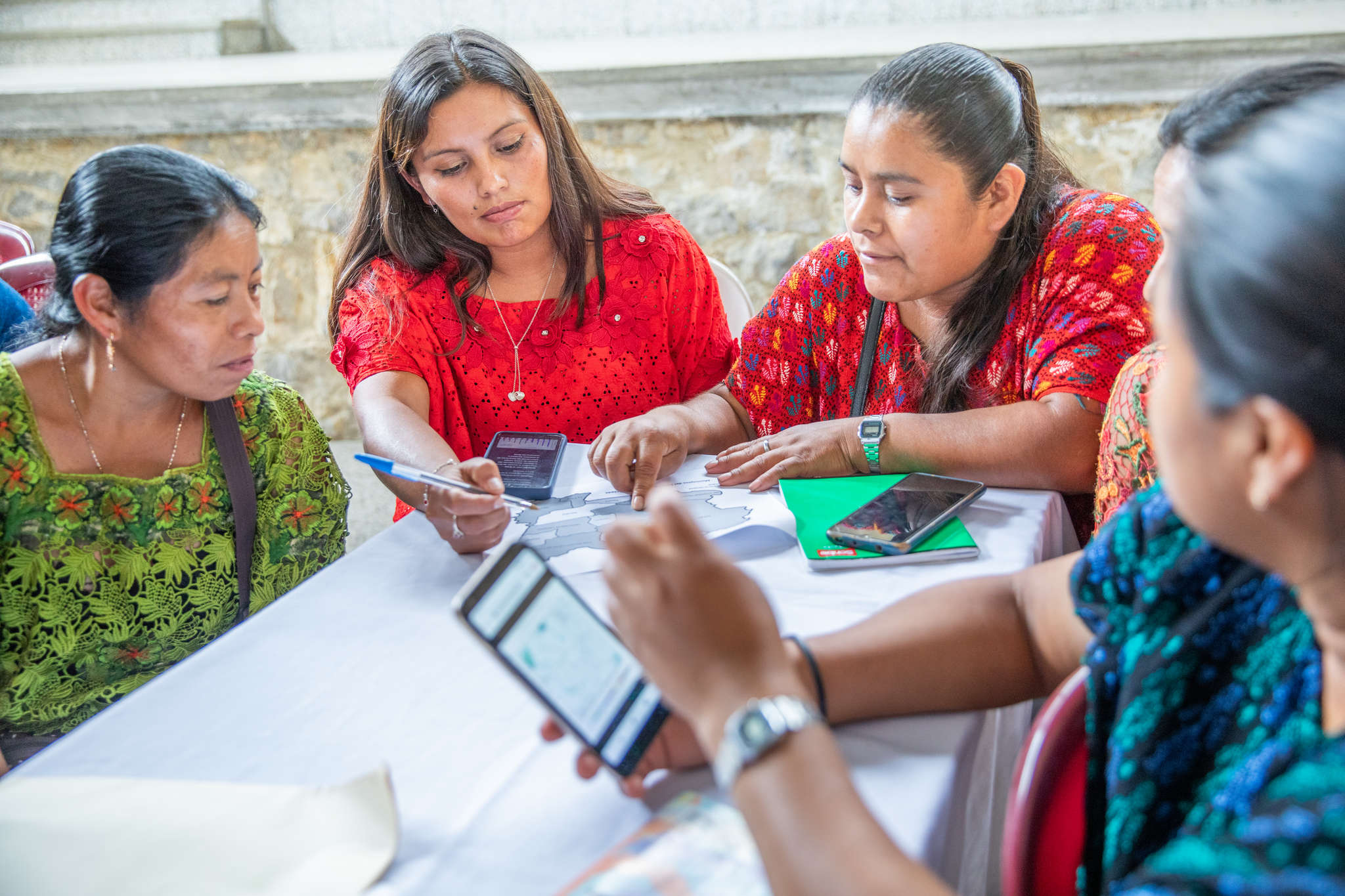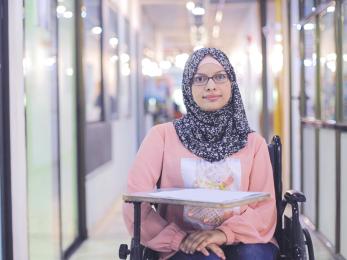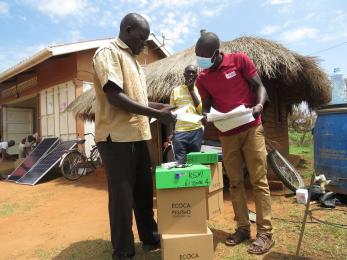The power of partnerships: Cisco and Mercy Corps’ unique way of working
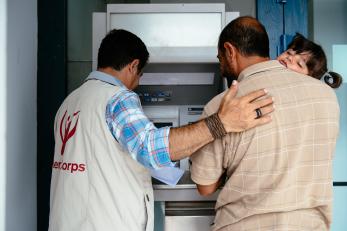
Today, there are 130 million people around the world in desperate need of humanitarian assistance, including 70 million forcibly displaced from their homes due to conflict or climate change. Furthermore, the world’s youth population is in great need of adequate and meaningful employment opportunities as they enter adulthood. For example, in Africa, where the median age is 19, nations must create 18 million jobs a year between now and 2035 to keep up with growth. To further complicate already complex and fragile contexts, the coronavirus pandemic layers an unprecedented challenge globally. And yet, we also live in a time of incredible technological promise that can help address these challenges, with collaboration across the public and private spheres being critical to creating lasting impact.
In 2017, Cisco and Mercy Corps came together to launch Technology for Impact — a partnership centered around the shared goal of delivering aid and development assistance faster, better and to more people around the world by accelerating digital solutions. As we enter our fourth year of this initiative, we have an array of learnings and insight into successfully forging these critical alliances.
1. Longer-term investments in technology programs can be transformational
Traditionally, grant support is provided to humanitarian organizations within 1 to 2-year project scopes, putting resource restraints on a program’s potential for impact. To truly innovate, you need time and space to iterate. Shorter term funding doesn’t allow space for projects to fail, course correct, or gain traction. Furthermore, it is difficult to procure follow-on funding for a 1-year project that may hit road bumps or operational hurdles like so many technology projects do. Because Cisco invested in a 5-year partnership, Mercy Corps has been able to implement programming that is given the time to be truly transformational. Our Digital Cash and Voucher Assistance (DCVA) work is a great example of this.
DCVA is a main workstream in our partnership and involves integrating digital payment providers and registration platforms with the ultimate goal of providing the sector access to secure and effective systems for delivering cash or voucher based humanitarian assistance. The first 2 years of the DCVA initiative were necessary for selecting preferred tech partners and then building the integrations between their platforms, it also presented a number of challenges. For example, programs that were using digital tools for the first time needed a lot of support. Not only was the technology new for program staff, but sometimes participants and vendors also had to be trained on redeeming electronic vouchers. This contributed to a resistance to change from the paper-based vouchers that were previously used. During this time, we also wrote these digital solutions into large institutional grants so that they would be adequately resourced from inception. Year 3 of the DCVA initiative showed the fruits of this labor, both internally as well as sector-wide. Digital tools are now part of Mercy Corps’ standards for cash programming and have been deployed in 6 instances to programs around the globe. We are also looked to as a trusted advisor to our peers, donors and cash working groups, something we could not have accomplished without the resources and time our 5-year scope provides.
2. The foundation of our partnership is rooted in transparency and trust
Trust and transparency are paramount to our partnership. Technology projects do not always go as planned in the best of circumstances, let alone when testing or implementing in volatile or low-resource operating environments. For Cisco, it was important to make it clear that it’s okay for things to not go according to plan, and that Mercy Corps should be radically transparent about what is working, and what is not. Ultimately, we want to have the deepest impact we can through our partnership, and we know that we won’t necessarily get it right the first time around. While we need to have clear, measurable objectives identified upfront, it’s also critical to be flexible when necessary — taking an iterative process and adjusting activities and plans based on these ongoing learnings. We can’t get too caught up in the technology solutions themselves that we lose sight of the impact we are trying to achieve, which oftentimes requires pivoting and changing course.
3. Cisco and Mercy Corps are open to experimentation and failure, which is needed to unlock innovation
A key component of innovation is embracing the fact that you will fail, and that’s often when you will have the most learnings. Mercy Corps and Cisco dedicated a pillar of our partnership to do just that. This Field Testing initiative funds trials of new and emerging technologies to expand Mercy Corps’ capabilities to deliver programming. From using virtual reality to support psychosocial programming in Iraq, to using 3D printing in Zaatari Refugee Camp in Jordan to build prosthetics, we have lots of lessons learned in the first 3 years of our field trials.
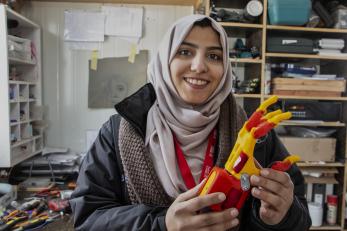
One big learning is that the operating structures of the humanitarian sector make innovation challenging. For example, while these tests yield promising solutions, the larger grant funding structure — typically short term and relatively inflexible and risk averse — poses a challenge to building on proven concepts. Because aid funding is often limited and inflexible, the sustainability of innovative programming can be hampered.
4. Investments in Mercy Corps’ technical capacity has had far-reaching impact
Cisco’s investment in Mercy Corps’ Technology for Development (T4D) team allowed them to grow in size, capacity and expertise. The team, which grew from 2 people to 12, became a valued resource within Mercy Corps — relied on to identify and evaluate new opportunities, provide guidance to various global programs, advise on how to embed tech programming and solutions into new proposals and projects, and support existing tech implementations. This partnership has demonstrated the value of investing in technology, and its impact on organizational efficiency and program delivery. Furthermore, this capacity investment has been the catalyst for growing partnerships with other funders and creating sustainable impact in the tech for development space. This can be seen through the hundreds of thousands of dollars of digital cash programs now funded by institutional grants. It is also evident in the invitations Mercy Corps receives to work with other key players in emerging technology, including the crypto and blockchain sector.
5. Our partnership is “technology agnostic”
Both Cisco and Mercy Corps believe in the power of technology to deepen impact, extend reach, and improve services for vulnerable communities. Our partnership is focused on using technology to deliver assistance better, no matter what that technology may be. This “technology agnostic” approach has been a game changer in allowing Mercy Corps to explore innovative solutions. And Cisco’s support of Mercy Corps’ usage of technology, whether it is a Cisco product or not, showcases their deep commitment to social impact.
6. Cisco and Mercy Corps understand and leverage our respective expertise and resources
Cisco and Mercy Corps worked to understand our complementary values, skills and resources, which allow us to maximize impact. While Cisco has deep technical expertise and valuable products, they are not able to effectively deploy these resources without Mercy Corps’ expertise, relationships and trust in the communities we serve. We know the greatest humanitarian challenges aren’t going to be solved in a boardroom in Silicon Valley. We must incorporate local knowledge and keep end program participants center to our program design. Having a corporate partner already bought into this importance has been key to our success.
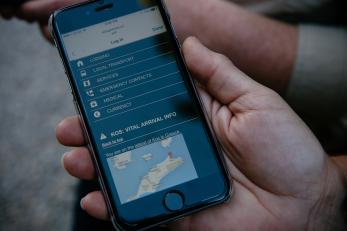
And leveraging our respective competencies has been hugely impactful. For example, one of the biggest successes of our partnership has been around building Mercy Corps’ internal infrastructure. Through in-kind support, Cisco Meraki networking equipment has been installed at 114 Mercy Corps offices in 29 countries, improving connectivity, security, and collaboration. Since then there has been a 153% increase in team members reporting it was easy to complete daily tasks with improved connectivity.
Beyond product and expertise, Cisco has shared our partnership with their employees and customers, allowing Mercy Corps to present during key employee development events, as well as externally during their Cisco Live customer event. Through this engagement, we have created a strong network of Cisco employees who are now Mercy Corps supporters, which has added further value to the partnership by providing employee giving resources and volunteer time.
And in turn, Mercy Corps has also offered Cisco new ways of thinking when working with other partners, including how to incorporate Mercy Corps’ strong monitoring and evaluation practices, as well as ways to replicate our reporting format with other strategic partnerships.
Conclusion
As we enter Year 4 of our 5-year partnership, we continue to evolve our areas of focus to make sure we are utilizing our learnings and providing the most impact we can through our iterative process. And we know this is possible because of our unique partnership structure that we hope can act as a blueprint for further collaboration and success, both with Cisco and with other philanthropic partners.
This partnership has transformed Mercy Corps’ internal capacity and drive around the use of technology and we are excited to see how 2 more years of partnership can expand this willingness in the sector more broadly. Given the immense need for humanitarian and development assistance, it is imperative that the sector utilize technology to respond faster and more efficiently to reach those who are most vulnerable.

